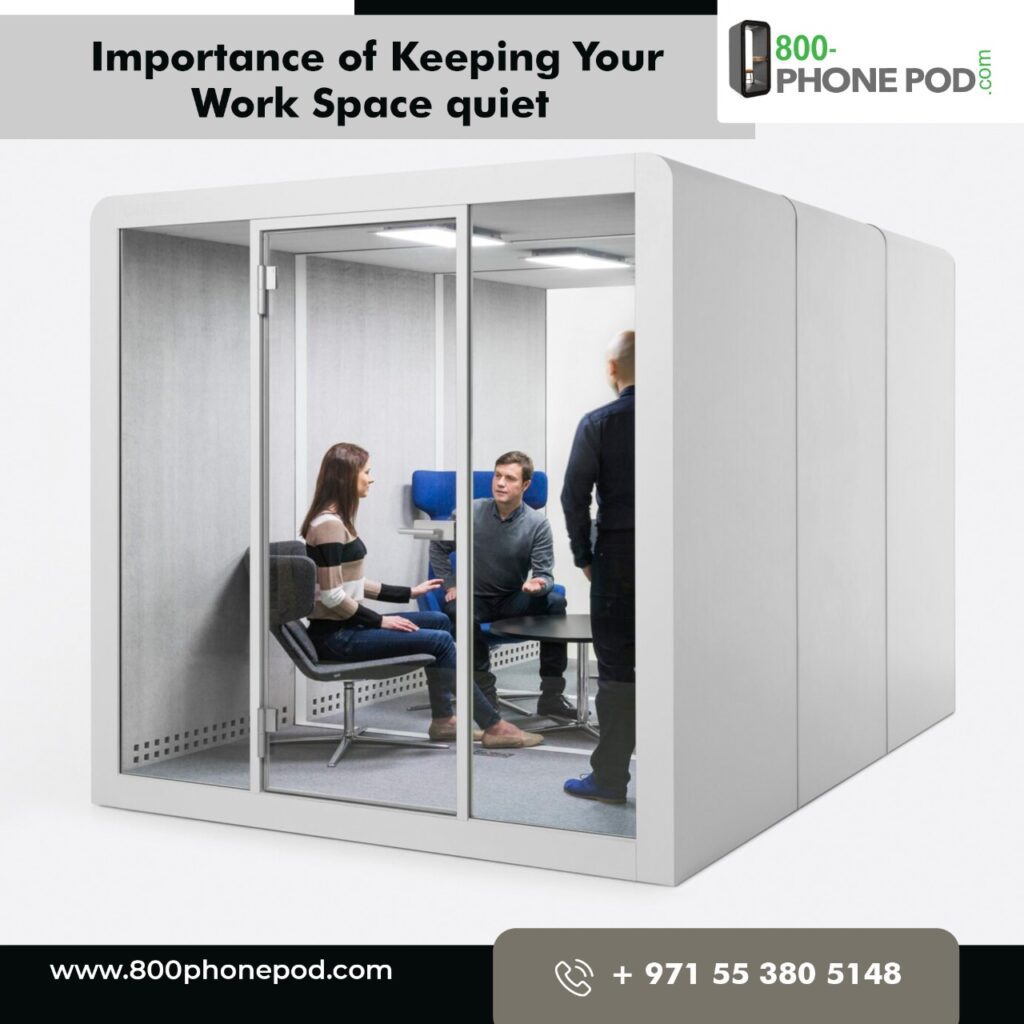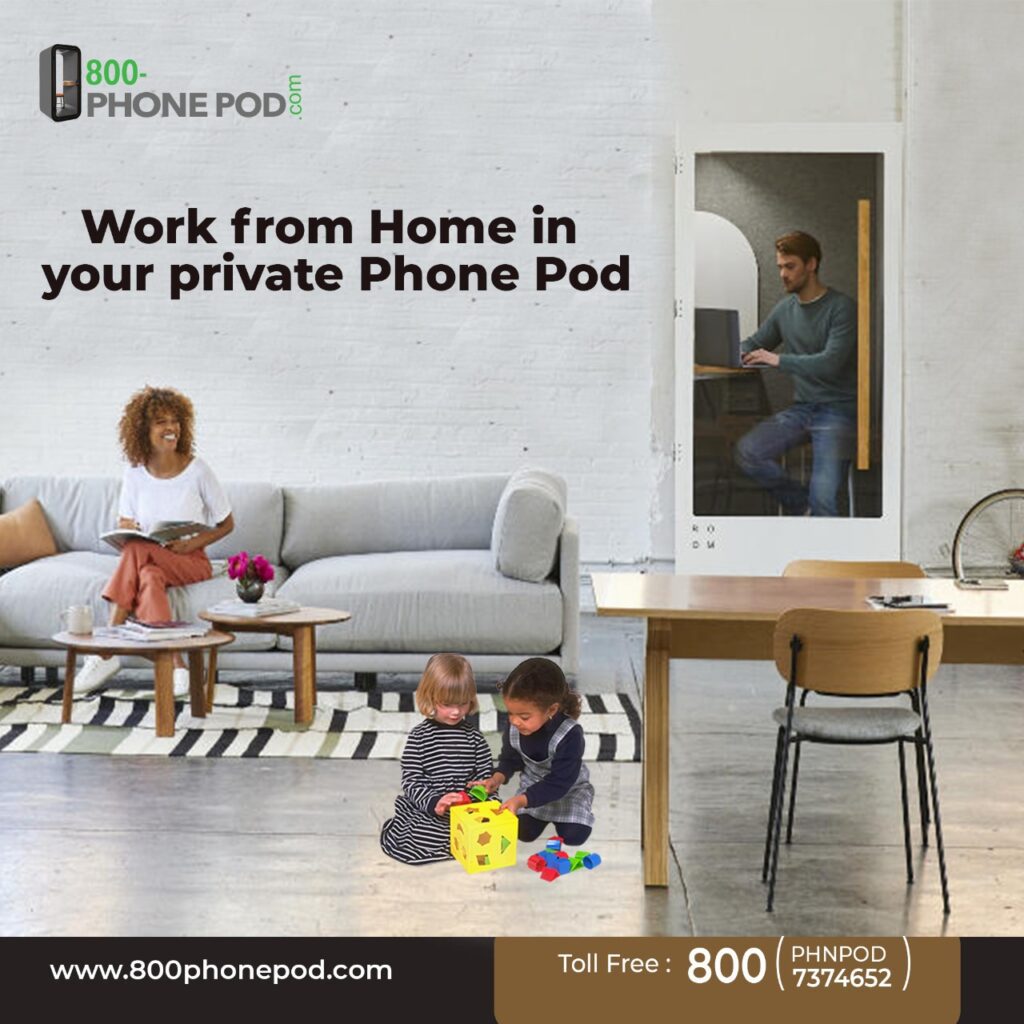Many people in today’s workplaces have adapted to almost constant noise exposure. Distractions and disruptions abound, from chit-chat to cell phone notifications. While some people prefer working environments with background noise, others require silence and solitude to concentrate. Quiet office spaces have several advantages regardless of your working style, and these include the following:
● Working in a quiet environment can help you remember what you’re working on or learning. As you can focus more on one thing, your brain power will be directed toward helping you understand your work.
● Quietness at the workplace encourages calm and composed behavior. This would result in faster work, higher work quality, and far less stress, each of which has its productive value.
● Quiet areas allow you to reflect and analyze situations. Working in peace provides the opportunity to consider an action’s implications and potential consequences and the best way to proceed. This type of mindfulness at work is essential for maintaining positive relationships, reducing overwhelm, and ultimately remaining healthy.
● A quiet work environment can even help you learn new skills faster. The more you can concentrate on one thing, the more likely you will remember it.
● Quiet zones, which are usually separate zones, help reduce the spread of illness, which is especially important at this time in our lives and the world.
● Open spaces are a great way to improve office collaboration, but privacy and quietness are essential for teams to have honest and in-depth discussions with minimal distractions.
So, what does a modern workspace with quiet areas look like? These places include mindfulness zones, nooks, or silent booths where employees can get some privacy for themselves or their work or take some time away from others to concentrate on a task that requires concentration.
Here are the four ways to harness the power of noise reduction:
Table of Contents
● Use barriers
While it is not always practical, “turning down the volume” sometimes is the best solution. But the permanent solution in such a scenario is using barriers that cause pressure wave diffraction and create a noise-free shadow zone. Walls, floors, ceilings, and windows are all noise barriers in office buildings. Though there are no quick fixes, past experience has shown that a combination of all these in the form of silent phone booths can be used to reduce noise levels and complaints.
● Include absorption and diffusion
Using ceiling tiles, sound absorption panels, acoustical walls, and other materials to control sound reflections can reduce the reverberant component of noise at your workplace. However, the effect is limited, and significant reductions in room noise or transmission to other areas outside the room are expected.
In general, doubling the amount of absorption in the room results in a 3 dB reduction in noise. Controlling reflections that tamper with the direct speech path is more crucial than limiting the room noise level for some speech intelligibility problems, so adding absorption makes sense. Though diffusion in a room scatters sound, adding absorption materials as silent booths appear more effective.
● Make use of masking sound
Sometimes, it is easier to “sweep” the offending noise under the rug. The masking sound can be added to a workroom to increase background noise and conceal bothersome sources. In open office spaces, this is commonly done to reduce distractions and improve speech privacy. Simultaneously, it is essential to note down that closing the door to an office no longer ensures speech privacy. It’s probably worse as it provides the illusion of privacy. Many private conversations can become HR nightmares if the wrong people overhear them. Therefore, the best solution is the installation of silent phone booths to enhance speech privacy.
● Enhance vibration isolation
Many of the noise issues we encounter are vibration isolation issues. Vibration is almost always used in noise transmission between spaces in office buildings. For instance, rubber vibration isolation pads are installed on a transformer in the electrical room, but they are ineffective. The transformer generates vibration in the floor, which travels through the structure to the conference room’s walls.
The walls vibrate, causing pressure waves in the air (much like a loudspeaker), resulting in unwanted noise and complaints. Improving vibration isolation with silent phone booths is the best way to reduce noise in office settings.
Find Quiet Workplaces Near Me
800 Phone Pod, A Leading silent phone pod installation company in Dubai provides various office phone booth options, ranging from private offices to coworking spaces. This makes it ideal for finding solitude and peace while working alone, along with the possibility of quickly moving to a coworking and collaborative space when needed. A silent phone booth is an easy solution if you can’t find a quiet work area in your home office or don’t have the quiet space for a dedicated office. Schedule a tour of 800 Phone Pod today to learn more.
Read More: All you want to know about Phone Booths




